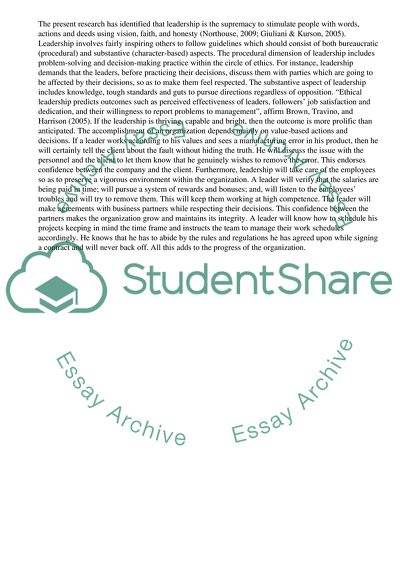Cite this document
(Developing Strategic Management and Leadership Skills Research Paper - 1, n.d.)
Developing Strategic Management and Leadership Skills Research Paper - 1. Retrieved from https://studentshare.org/management/1750149-developing-strategic-management-and-leadership-skills
Developing Strategic Management and Leadership Skills Research Paper - 1. Retrieved from https://studentshare.org/management/1750149-developing-strategic-management-and-leadership-skills
(Developing Strategic Management and Leadership Skills Research Paper - 1)
Developing Strategic Management and Leadership Skills Research Paper - 1. https://studentshare.org/management/1750149-developing-strategic-management-and-leadership-skills.
Developing Strategic Management and Leadership Skills Research Paper - 1. https://studentshare.org/management/1750149-developing-strategic-management-and-leadership-skills.
“Developing Strategic Management and Leadership Skills Research Paper - 1”, n.d. https://studentshare.org/management/1750149-developing-strategic-management-and-leadership-skills.


